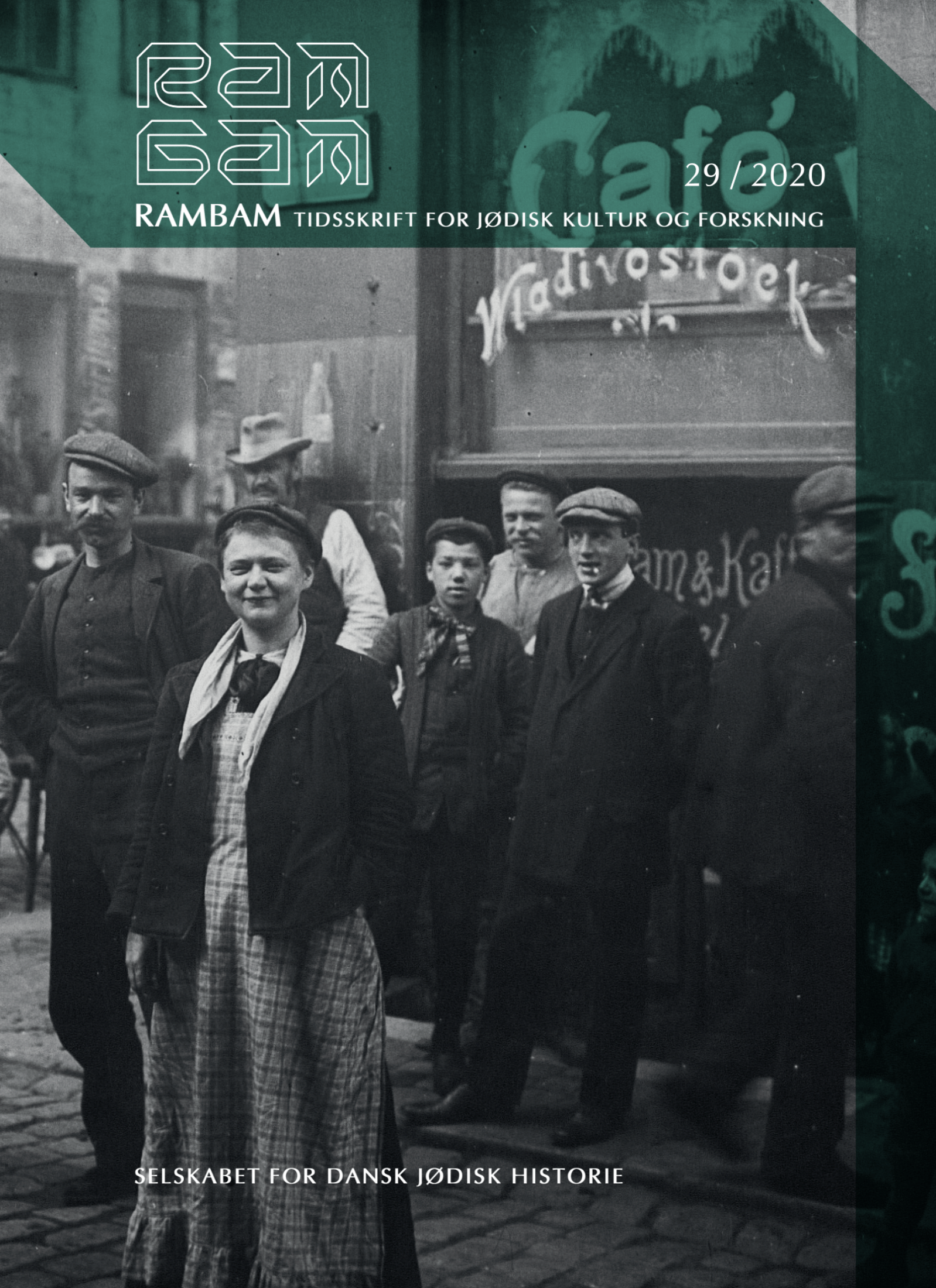Ravensbrück - den langsomme døds lejr
Abstract
In late November 1943, a small group of Danish Jews were on a transport to Theresienstadt. However, the transport was interrupted about 40 miles north of Berlin, and the 10 women and children were taken to the concentration camp Ravensbrück, a forced labor camp and unique in the sense that it was the only major camp for women. The French ethnologist Germaine Tillion, also a prisoner in Ravensbrück, called Ravensbrück ‘the slow death’s camp’ in contrast to Auschwitz and other extermination camps where the killings of the prisoners took place at a rapid pace and in an inexorable system. In Ravensbrück, the killings were not systematic. The prisoners were shot, poisoned, beaten, and starved to death. Tillion made notes of her observations in the camp and succeeded in getting them out of the camp when she was rescued in April 1945. More or less by chance, Ib Katznelson recently found out that Tillion in her books about Ravensbrück has a paragraph which could only be about him. That closed a gap in his own book Let Him Go; A Danish Child in Ravensbrück and Theresienstadt about what happened in January 1944 when he had been removed from his mother, imprisoned in Ravensbrück, because he had got diphtheria. Tillion writes that the Nazi doctor Treite surprisingly came into the diphtheria room and that he gently examined the little Danish child and gave him an apple and he then put his name on the list with names of those who were to be sent to Auschwitz. After further research Katznelson found out that two Czech prisoners, doctor Zdenka Nedvedova and Hilda Synková, had taken care of him and managed to get him out of the revier (sick barrack) and thus saved him from being deported to Auschwitz with the group of 800 prisoners. Only a few of them survived. Tillion’s observation and the fact that Treite could not be ignorant of what Auschwitz would entail for the little Dane apparently made such an impression on her that she repeated that story in other of her books and in a number of interviews. When Synková and her husband were arrested in 1941, they left their three-year-old daughter with Synková’s sister. In the diphtheria room Synková treated Katznelson – almost the same age as her daughter when she was arrested – as if he was her own child. The two-year-old Katznelson called her ‘aunt’. Both Nedvedova and Synková were – like many of the prisoners in Ravensbrück – communists. They both continued to be politically active in the Communist Party after the war. In 1968, Nedvedova condemned the Soviet occupation of Czechoslovakia and left the Communist Party. Synková became member of the Central Committee of the Communist Party in March 1946. She was a Member of Parliament and became Deputy Minister of Work Protection and Social Affairs in July 1949. In that period, Czechoslovakia was marked by Bolshevik terror and purges within the party. On August 3, 1949, Synková was found dead in her apartment in Prague. The cause of death was gas poisoning. There were obvious signs of suicide but there are a number of indications that she was murdered by the KGB. On the wall next to Katznelson’s desk are photos of his parents and grandparents. The story he has now become acquainted with has led to two more photos being put up on the wall – photos of Nedvedova and Synková who saved his life.





